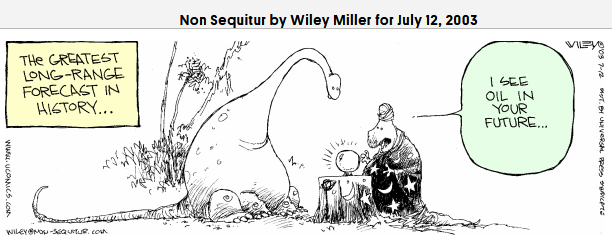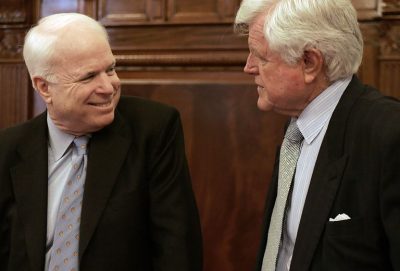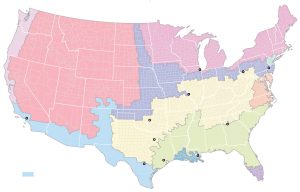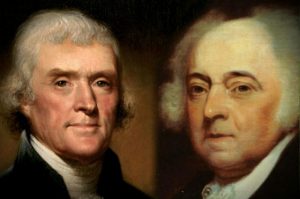
Tucker Carlson calls for the banning of peanuts since someone died from eating them.
Tucker Carlson calls for the banning of sex since someone had a heart attack while having it.
Tucker Carlson calls for the banning of drinking water since someone had a stroke after drinking some.
Most likely such pronouncements would not pass muster not even on Carlson’s cable show. However, we are now experiencing case studies not in Critical Race Theory but in critical thinking. In a democracy everyone has the right to vote. We no longer can test people to determine if they have the mental necessity to vote, that is, to be informed voters capable of making critical thinking decisions about the candidates. But what we are learning, is that not all people have such skills regardless of their age and their decision making reflects that shortcoming.
CRITICAL THINKING SKILLS
Critical thinking skills are not the ability to memorize people, places, and dates. I mention those three examples because typically they are the way people define history in the public schools. It is all about the boring need to remember people, places, and dates, information that is readily available online should one actually have any use of it. To some extent such a characterization of history as it is taught in the public schools is true. Supposedly, the situation changes in history classes in college. The emphasis shifts from memorization and regurgitation to analysis and thinking about questions posed by the teachers and raised by the students themselves.
As a general rule, there are no child prodigies in history. On average, the public school mind is not capable of the same level of thinking as the college mind. The college mind is less capable of thinking than the adult mind in part due to the absence of experiences. The ability to incorporate real world experiences into one’s thinking changes the critical thinking skills of the individual. Ideas can become more grounded in reality.
The brain changes as one matures. It does not happen at the exact same age for everyone, it does not develop at the same rate once it does start, and it does not end at the same place for everyone one the process starts. There is a bell curve to critical thinking skills just as there is for most things in life. There are Anthony Faucis and there are Marjorie Taylor-Greenes. Bluntly put, there are people who never will be able to think as well as others. In a democracy the issue is the ability to think well enough to be an informed voter. One problem challenging the ability of a democracy to survive is that suppose not enough people have the critical thinking skills to be an informed voter.
Let’s look at some case studies now affecting the country.
STACEY ABRAMS FOR GOVERNOR
We have just witnessed an example of the seventh-grade smart-aleck-dumb-aleck mind at work. When such a person wakes up in the morning, he does not know what smart-ass remark he will blurt out during the day. The material is not planned. It just happens. Yes, there may be some standard nasty comments but the original remarks are unanticipated. They depend on what the teacher says, how the students respond, and the individual skill of the smart-aleck-dumb-aleck to improvise based on the moment.
In other words, there was no plan to endorse Stacey Abrams for governor of Georgia over Brian Kemp. Instead the speaker was in the flow. He was grooving on insulting the person who had defied him and not helped me steal the Georgia vote and win the state. As he was speaking, the nastiest insult he could think of popped into his head. He would say a Democrat is better than a RINO. He would say that a woman is better than a man. He would say that a black person is better than a white person. He would say a loser (in 2018) is better than the winner. And he would do so in one perfectly calibrated insult: Stacey Abrams would be a better governor than you are. And it felt good saying it.
Did he think through the consequences of his insult? Of course not. The seventh-grade-smart-aleck-dumb-aleck simply blurted what felt good for the moment. He never gave a thought to the consequences because he was incapable of thinking of the consequences. The insult felt good at the moment so he said it. Sometimes he can show minimal thinking skills: going public with getting a colonoscopy would make him the butt of jokes. He knows what cracks he would make as seventh-grade-smart-aleck-dumb-aleck about a colonoscopy so he understood what would happen if he was the target instead of the attacker.
Unfortunately for him, there still are some Republican adults in Georgia. They understood the significance of his wisecrack. Stacey Abrams does too. One can anticipate seeing and hearing that endorsement multiple times during the campaign in the event she does run for governor.
But what about the audience? In general, the audience responds to the utterings of the seventh-grade-smart-aleck-dumb-aleck. They laugh along with his insults. If he tries some adult stuff like “get vaccinated” they respond by booing. But nobody seemed to boo at the Stacey Abrams endorsement. The question must be asked why didn’t the Trumpicans boo him after his endorsement of the number one enemy of the Georgian Trumpicans? Didn’t they understand the implications of what he was saying? Didn’t they recognize the consequences? Apparently not. Maybe now they realize the impact of what he said. But at the moment of utterance, they did not have the mental necessities to boo him for that remark.
CORONAVIRUS AND RED-STATE DEATHS
The inability to make an intelligent informed decision is most visible now in the deaths from the coronavirus. Initially White House Trumpicans did not care about a virus hoax that seemingly targeted AOC people. They did not understand that the virus strikes based on opportunity and vulnerability and not on politics and race. True we had to learn about the virus, but once we did as a nation we understood that politics does matter: adult human beings in a democratic society are making informed decisions not to be vaccinated. After all it is a hoax, it is no worse than the flu, I am healthy, the vaccination is more deadly than the virus, shortcuts were used to develop the vaccine. I have done my research on the web and have made an intelligent informed decision. Don’t bother me the facts that unvaccinated people in red states are now the ones being killed. What lie are you going to tell me next? That the election wasn’t stolen? That the forensic audit in Arizona proved the election was not stolen?
The coronavirus vaccines illustrate the absence of critical thinking skills in huge portions of the population. In the September/October 2021 issue of The Pennsylvanian Gazette, Penn President Amy Gutmann, nominated to be ambassador to Germany wrote:
For decades prior, Penn medical researchers Drew Weissman and Katalin Karikó had been investigating synthetic messenger RNA as a new and completely different way to prompt specific antibodies to fight against a targeted disease. Quietly in their laboratories, without fanfare, they created the breakthrough technologies that underly (sic) two of the most effective vaccines being employed to battle the pandemic: the Moderna and Pfizer-BioNTech shots.
Shortly afterwards, the Lasker awards for 2021 for excellence in medicine was awarded to these two research scientists, a potential precursor to winning a Nobel Prize. In the meantime, the scientists have won the $3 million Breakthrough Prize and the $1 million dollar Albany Prize.
By coincidence, an enthusiastic Penn alum wrote a letter published in the same issue as the Presidential column above on these individuals. Her concern was:
What I fail to understand is why Penn is not screaming it from the rafters. Call CNN, PBS, specifically Fox, targeting the unvaccinated audience. Get on the news so people who think the vaccines were developed too quickly can be reassured that researchers have been working on them for decades.
One can feel the emotional urgency in this letter. The writer genuinely believes that this information can save lives. The Penn alum implicitly believes that the unvaccinated people exposed to this information possess the critical thinking skills to see the light, change their minds, and become vaccinated. The evidence suggests otherwise. Such hopes are wishful thinking. Forget about mandates. Even death doesn’t change the unvaccinated peoples’ minds. There has been a lot of discussion about achieving herd immunity. There has been very little discussion about culling the herd of the most vulnerable people, the unvaccinated, to attain it. The American gospel of “come let us reason together” presupposes that people have the critical thinking skills to reason together. No provision has been made for situations where they don’t.








